
iBet uBet web content aggregator. Adding the entire web to your favor.
Link to original content: http://www.covehurst.net/ddyte/brooklyn/ridgewood.html



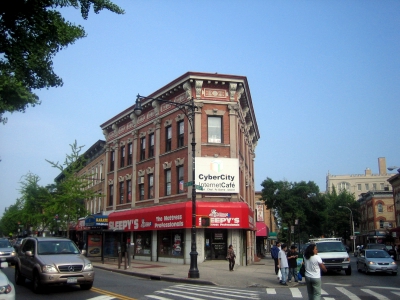
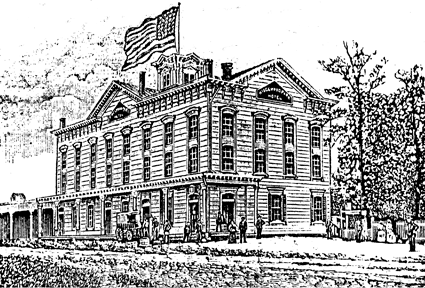

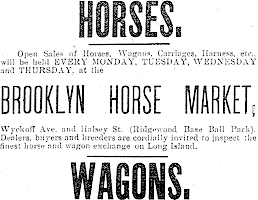




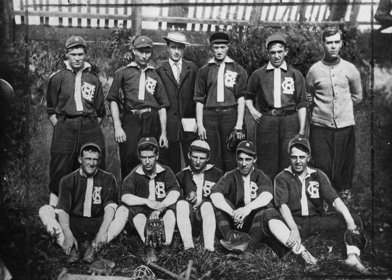








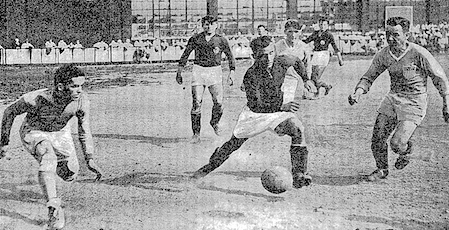



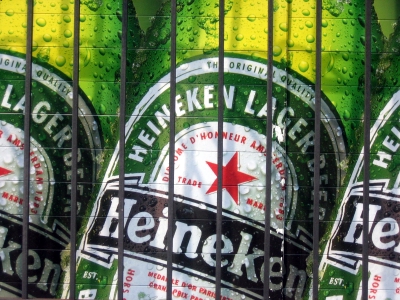

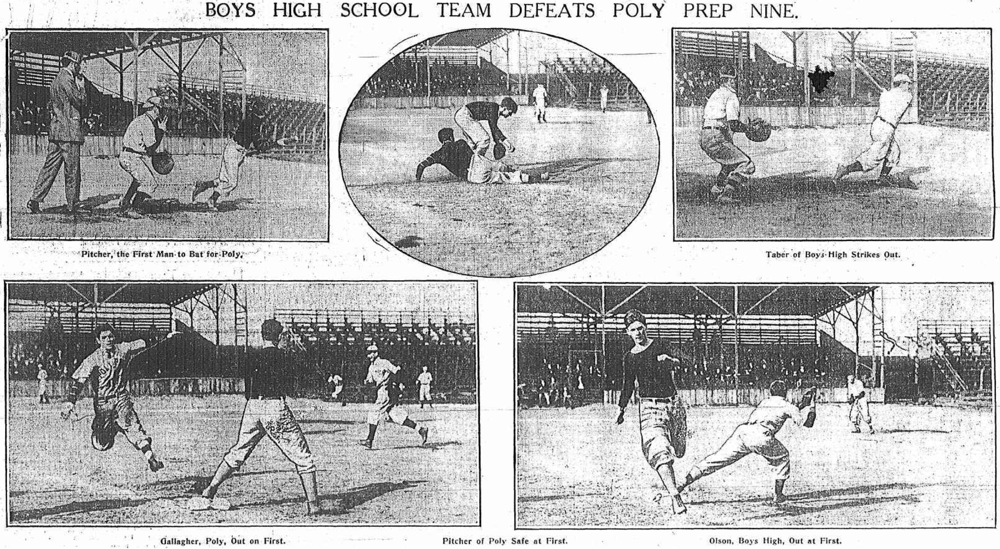


BrooklynBallParks.com is brought to you by
Andrew Ross (wonders@brooklynballparks.com)
and David Dyte (tiptops@brooklynballparks.com).
Please contact us with any corrections, additions, or requests.